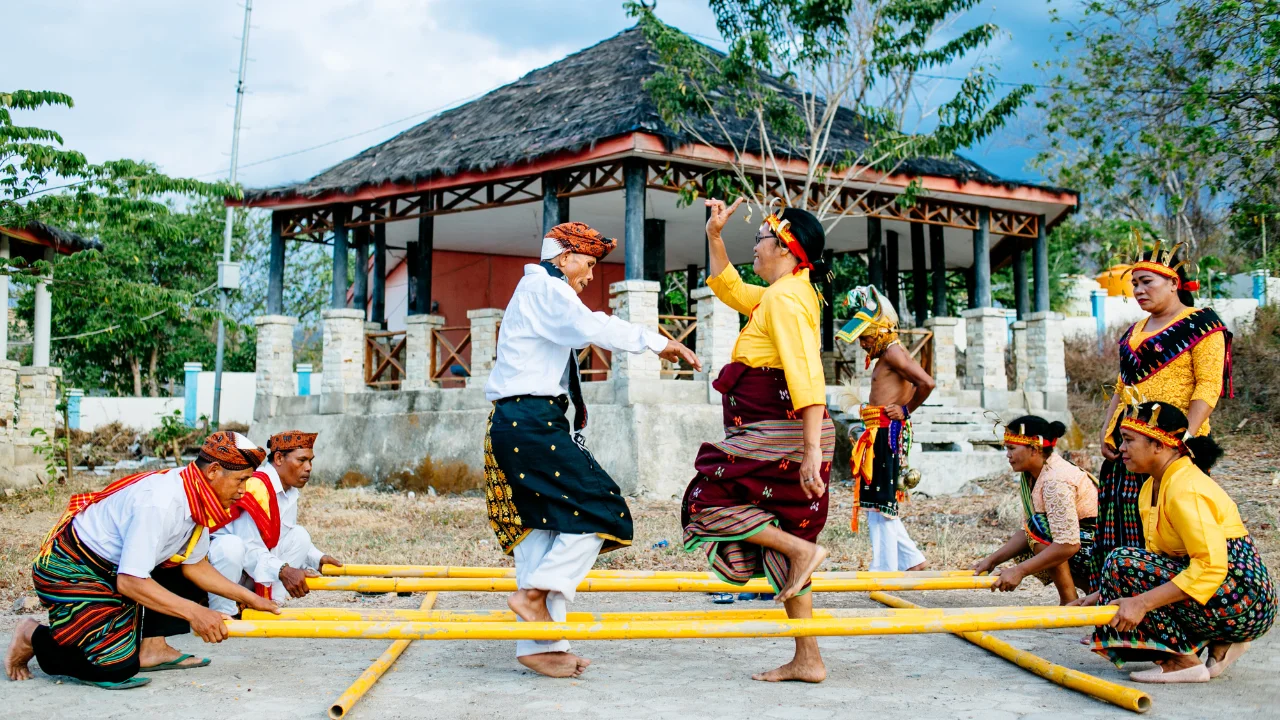Traveling solo can be an absolute blast, but diving into a new culture? That’s where the real magic happens. Respecting the diversity and traditions of the places you visit can open doors to authentic experiences and meaningful connections.
Understanding diverse cultural norms and practices is step one. Every country has its unique set of manners, gestures, and social cues. For example, while it’s completely normal in some Western countries to maintain eye contact, in some Asian cultures, it might be considered rude or confrontational. Same goes for gestures—what might be a friendly wave back home could be offensive elsewhere.
Respecting local customs and traditions isn’t just polite—it’s essential. Whether it’s dressing modestly in specific regions or following local dining etiquette, these small adjustments can go a long way in showing respect and earning the goodwill of locals. Remember, you’re a guest in their home. Blending in and observing how locals behave can give you clues about what’s appropriate.
Cultural awareness plays a huge role in fostering positive interactions. When you’re mindful of local traditions and behaviors, it can enhance your travel experience tenfold. You’re more likely to be welcomed, to get insider tips, and to have richer, more rewarding conversations. And it’s also a great way to stay safe and avoid any unnecessary conflicts.
Before you embark on your adventure, arm yourself with knowledge. There are plenty of resources to help you learn about cultural sensitivities.
Guidebooks, travel blogs, and even YouTube channels can be great starters. And when in doubt, ask locals—a polite question can often clear up any confusion and shows that you care about their culture.
Adapting Travel Plans for Different Age Groups
Travel isn’t one-size-fits-all, especially when you’re flying solo. Your age can play a big role in how you plan and what you prioritize during your journey.
Younger travelers often crave adventure and social interaction. Hostels, group tours, and bustling cities with a lively nightlife are usually top picks. It’s also about stretching that budget—think street food, public transportation, and free attractions.
For older solo travelers, comfort and safety tend to take the forefront. Opting for accommodations like boutique hotels or B&Bs which offer a blend of convenience and charm can make all the difference. Prioritizing destinations known for their tranquility and rich cultural experiences, such as museums, historic sites, and gardens, might be more appealing.
Health and safety are universal concerns but can vary with age. Younger folks might bounce back quicker from minor illnesses or jet lag, while older travelers may need a more relaxed pace and to keep an eye out for accessible healthcare facilities.
Carrying necessary medications and having travel insurance is smart for everyone, but especially important if you’re that little bit older.
Connecting with age-appropriate activities and communities can enhance the solo travel experience. Younger travelers can benefit from youth-oriented travel apps, while older travelers might find comfort in joining groups that cater for their interests, like cooking classes or wine tours.
Age-specific forums and social media groups can also be a great way to meet people and share tips.
Real-life stories can be a source of inspiration.
Like that 20-something backpacker who hiked through South America with just a pack and a camera, or the retiree who spent a year exploring European art museums solo. These stories show that no matter your age, solo travel can be tailored to fit your lifestyle and interests.
Choosing Safe and Culturally Rich Destinations
Picking the right destination is crucial for any solo traveler. Doing some homework can mean the difference between an amazing adventure and a trip filled with unexpected challenges.
Safety should always be top of mind. Research crime rates, political stability, and health risks of your potential destination. Websites like government travel advisories and forums with real traveler experiences are gold mines of information.
Trust your gut, if a place feels unsafe, cross it off the list.
Cultural richness adds another layer of depth to your journey. Think about places that not only promise a great time but also fascinating cultural immersion. Japan, for instance, offers a unique blend of ancient traditions and modern marvels.
Countries like Italy and Greece are treasure troves of history and art, while places like Thailand and India offer vibrant, colorful cultures.
Balancing adventure with cultural immersion is key. Seek out destinations that offer both.
For instance, you could trek through stunning landscapes in Peru while also experiencing the rich traditions of the local Quechua people. Or explore the cafes and cathedrals of Paris during the day and dive into its world-famous cuisine by night.
Getting insights from seasoned solo travelers can be incredibly helpful. Their reviews and stories can provide a realistic picture of what to expect. Check out solo travel blogs, social media travel communities, and even travel vlogs to gather as much firsthand information as possible. These resources can offer tips on lesser-known attractions and hidden gems you’d otherwise miss.
Managing Costs and Budgeting for Solo Travel
Setting up a travel budget might sound boring, but it’s the foundation of any successful solo trip. Knowing how much you can spend will help you make smarter choices and avoid running out of cash halfway through your adventure.
Creating a sustainable travel budget involves a bit of research and a lot of honesty about your spending habits. Look into costs for accommodations, meals, transportation, and activities in your chosen destination. Don’t forget to include smaller expenses too, like entrance fees and souvenirs. Factor in a buffer for emergencies or unexpected splurges.
Cost-effective travel strategies can make your money go a long way. Booking flights in advance, picking budget-friendly accommodations like hostels or Airbnb, and sticking to public transport are all great ways to save.
Cooking some of your meals instead of dining out and hunting for free activities can also keep your expenses down.
Different regions come with different financial considerations. Southeast Asia is often praised for being budget-friendly, offering incredible experiences for relatively low costs. On the flip side, Europe, especially Western Europe, can be pricey. Knowing this in advance can help you plan accordingly—either by saving more or by choosing more affordable destinations within those regions.
Budgeting tools and resources are your friends here. Apps like Trail Wallet and TravelSpend are designed specifically for travelers, helping you keep track of your expenses in real-time. These tools can even categorize your spending so you can see where you might need to cut back.
Managing costs effectively not only ensures you have enough funds to enjoy your trip, but also gives you peace of mind. No one wants to stress about money while trying to soak in the sights and sounds of a new place.
Optimal Times of Year for Cultural Exploration
Timing is crucial when it comes to travel. Different times of the year can offer completely different experiences, so planning your trip around the best seasons can make it much more enjoyable.
Best seasons to visit popular solo travel destinations depend a lot on what you want to get out of your trip. For instance, the shoulder seasons – spring and fall – are usually perfect for European cities. You’ll find fewer tourists and more reasonable prices. Meanwhile, Southeast Asia’s dry season, from November to February, provides ideal conditions for exploring beaches and temples without getting drenched.
Cultural festivals and events offer unique insights into local traditions and ways of life. Planning your trip to coincide with these can make for an unforgettable experience. Think of witnessing the cherry blossoms during Japan’s Sakura season or dancing in the streets during Brazil’s Carnaval. These events not only add an extra layer of fun but also deepen your understanding of the place.
Weather considerations are also important because they can significantly impact your plans. Imagine trying to explore Morocco in the summer heat or dealing with the monsoon rains in India. Adjust your travel times to avoid extreme weather conditions, making your journey comfortable and hassle-free.
Planning around peak travel times means less crowd and more authentic experiences. Avoiding the peak summer months in tourist-heavy places can help you enjoy attractions without the bustling crowds and enjoy a more relaxed pace. Plus, traveling off-peak often means better deals on flights and accommodations, helping you stretch your budget further.
Let us know your thoughts?

